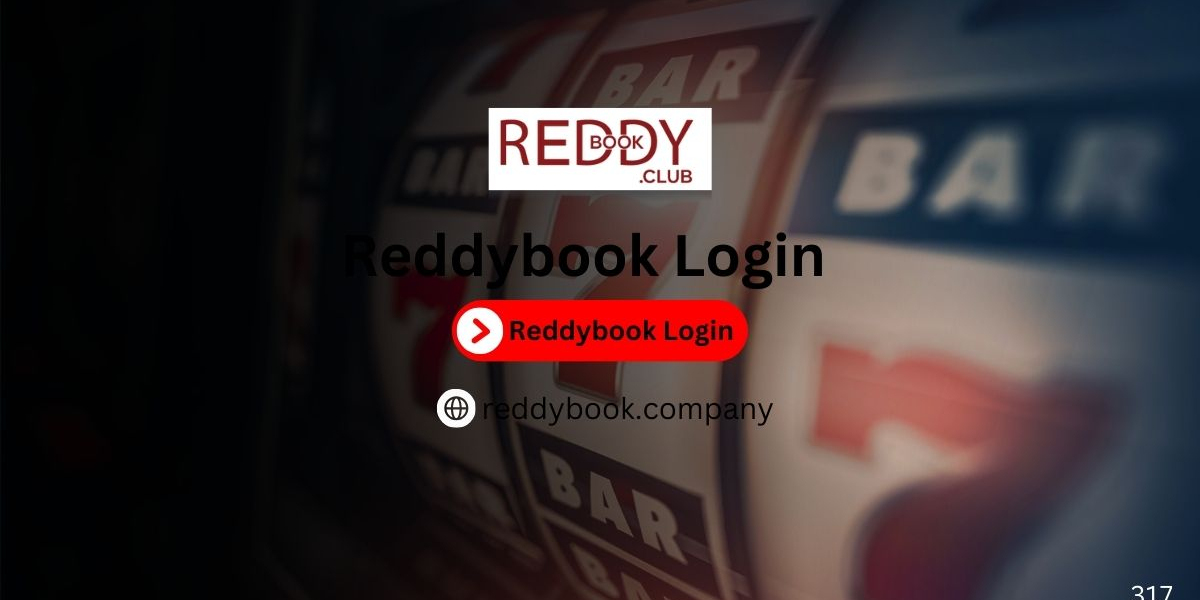Laser machine cutter have become an integral part of various industries, revolutionizing the way materials are processed. Understanding how these machines operate involves delving into the principles of laser technology, the intricacies of the cutting process, and the materials that can be effectively cut using this method.
1. Basic Principles of Laser Technology
At the core of laser cutting technology is the concept of light amplification through stimulated emission of radiation (LASER). A laser produces a highly focused beam of light that can be directed towards a material. This beam is typically generated by a laser resonator, which contains a gain medium that amplifies light. Common types of lasers used in cutting include CO2 lasers, fiber lasers, and neodymium (Nd) lasers.
CO2 Lasers: These lasers utilize a gas mixture of carbon dioxide, nitrogen, and helium. They are particularly effective for cutting non-metal materials, such as wood, plastics, and fabrics.
Fiber Lasers: These lasers use a solid-state medium, often made from glass fibers doped with rare-earth elements. Fiber lasers are ideal for cutting metals due to their efficiency and speed.
Nd Lasers: Neodymium lasers operate on a different principle, typically used in applications like engraving rather than cutting.
The quality and wavelength of the laser light play crucial roles in the cutting process, determining the types of materials that can be cut and the thickness of the material.
2. Laser Cutting Process Overview
The laser cutting process involves several stages, each critical for achieving precision cuts:
A. Material Setup
Before cutting begins, the material must be properly set up on the laser cutting bed. This setup includes:
Material Placement: The material is positioned accurately, often with the help of a positioning system that ensures it is aligned with the laser's focal point.
Focus Adjustment: The laser beam must be focused on a specific point on the material surface to achieve the required intensity for cutting. The focal point is usually adjusted based on the material thickness and type.
B. Beam Generation and Control
Once the material is set up, the laser cutting machine initiates the beam generation:
Beam Generation: The laser resonator generates the laser beam, which is then directed towards the material through a series of mirrors and lenses.
Control Systems: Advanced control systems, often managed by computer numerical control (CNC), guide the laser beam along predefined paths. The precision of this control is essential for intricate designs and shapes.
C. Cutting Action
The actual cutting action takes place in the following manner:
Heating: As the focused laser beam strikes the material, it generates extreme heat at the point of contact. This heat energy vaporizes the material or melts it, depending on the type of material and laser used.
Material Removal: For materials that vaporize, the vaporized particles are expelled through the cutting kerf by a gas jet, which can also assist in cooling the cut area. For melting materials, the molten material is removed from the cut path, creating a clean edge.
Speed and Movement: The cutting speed and the movement of the laser head are carefully calculated to ensure the cutting process is efficient. Too fast of a speed might lead to incomplete cuts, while too slow could cause excessive heat build-up and damage to the material.
D. Gases Used in Cutting
The type of gas used during the cutting process can significantly affect the outcome. Gases like oxygen, nitrogen, or air are often employed:
Oxygen: When cutting materials like steel, oxygen is commonly used as it reacts with the metal to enhance cutting efficiency. This exothermic reaction provides additional heat.
Nitrogen: Nitrogen is often used for cutting stainless steel and aluminum. It helps in reducing oxidation and can produce cleaner edges.
Air: In some cases, compressed air can be used for non-metal materials, making the process more cost-effective.
3. Cooling Mechanisms
As laser cutting generates substantial heat, cooling systems are crucial for maintaining the equipment and ensuring precise cuts:
Water Cooling: Many laser systems utilize water cooling to dissipate heat from the laser resonator and other components, preventing overheating and maintaining optimal performance.
Air Cooling: In less intensive applications, air cooling can be sufficient to keep the laser head and components at a safe operating temperature.
4. Post-Cutting Processes
Once the cutting is complete, the process may involve several post-cutting steps, including:
A. Cleaning
Depending on the material and the cutting gas used, residual debris or dross may be present on the cut edges. This requires cleaning to ensure the final product meets quality standards.
- Deburring: For metals, the edges may need to be deburred to remove any sharp edges or unwanted material.
B. Inspection
Quality control is a crucial part of the laser cutting process:
Dimensional Verification: Post-cutting, parts are often measured to ensure they meet specified dimensions.
Visual Inspection: Visual checks help identify any surface imperfections or issues that may have occurred during cutting.
C. Secondary Operations
Sometimes, the cut parts require additional processes:
Welding: In cases where multiple pieces need to be assembled, welding may be used after laser cutting to join components together.
Finishing: Various finishing techniques may be applied to enhance the surface quality of the cut parts, including polishing, painting, or coating.
5. Applications of Laser Cutting
Laser cutting technology is versatile and utilized across multiple sectors:
Manufacturing: In the manufacturing sector, laser cutting is employed for creating intricate parts for machinery, automotive components, and electronic devices.
Textile Industry: Laser cutting is widely used in the textile industry for cutting fabrics with precision, ensuring intricate designs are achieved without fraying.
Signage and Advertising: The ability to create complex shapes makes laser cutting a popular choice for signage and promotional materials.
Aerospace and Defense: In aerospace, laser cutting is crucial for the fabrication of lightweight components and parts that require high precision.
Art and Craft: Artists and craftsmen utilize laser cutting to create detailed designs and decorations from various materials, including wood, acrylic, and metal.
6. Safety Considerations
While discussing laser cutting, it's essential to note safety precautions:
Protective Equipment: Operators must wear appropriate safety gear, including laser safety goggles, to protect against potential hazards from the laser beam.
Ventilation: Adequate ventilation is crucial to remove fumes and particulates generated during cutting, ensuring a safe working environment.
Emergency Procedures: Laser cutting facilities must have clear emergency procedures in place, including fire safety measures and equipment shutdown protocols.
Conclusion
Laser cutting machines represent a sophisticated intersection of technology and engineering, allowing for precise and efficient material processing. By understanding the underlying principles, the detailed cutting process, and the applications of laser cutting technology, one can appreciate its transformative impact across various industries. Through continuous advancements in laser technology, the future of laser cutting looks promising, with potential innovations further enhancing its capabilities and applications.









